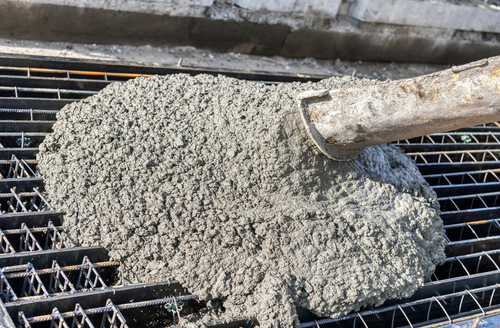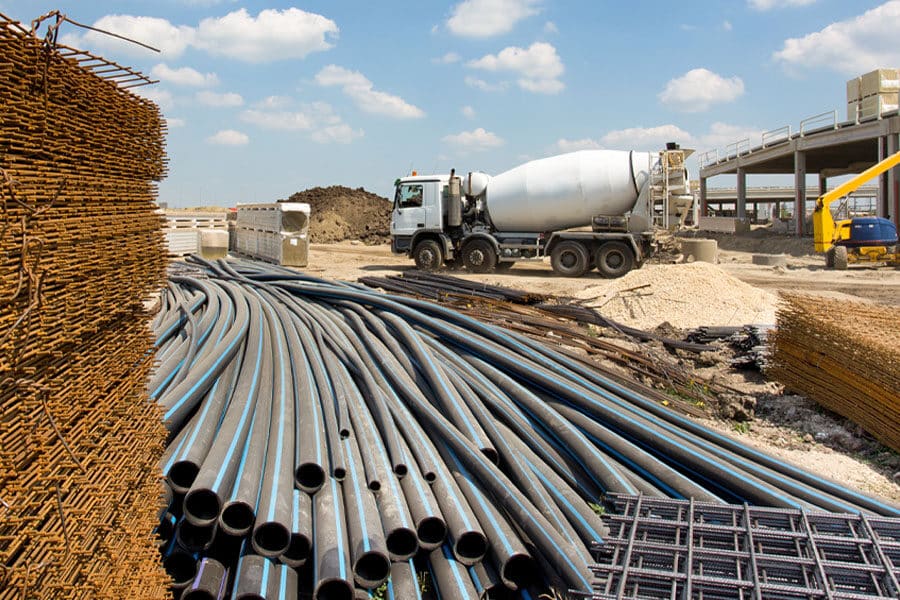Wood is a timeless material, cherished for its aesthetic appeal and structural integrity. However, when wood is placed in contact with concrete, it faces a unique set of challenges that can lead to premature deterioration, particularly rotting. This article delves into the intricacies of how to keep wood from rotting on concrete, offering practical solutions and expert insights to ensure longevity and durability.
Understanding the Problem: Why Wood Rot Occurs on Concrete
Before we explore preventive measures, it’s essential to understand the conditions that lead to wood rot. Wood rot is primarily caused by fungi that thrive in moist environments. When wood is in direct contact with concrete, it can absorb moisture from the ground, especially in areas with poor drainage or high humidity. This moisture creates an ideal breeding ground for rot-causing fungi, leading to structural damage and aesthetic decline.
Key Strategies to Prevent Wood Rot on Concrete
- Use Pressure-Treated Lumber
One of the most effective ways to prevent wood rot is to use pressure-treated lumber. This type of wood is infused with preservatives that help resist moisture and fungal growth. When selecting pressure-treated wood, ensure it is rated for ground contact, as this will provide the best protection against rot when placed on concrete surfaces.
- Implement a Moisture Barrier
Creating a moisture barrier between the wood and concrete is crucial. This can be achieved by using a high-quality plastic sheeting or a specialized moisture barrier membrane. Lay the barrier down before placing the wood, ensuring it covers the entire area. This will prevent moisture from the concrete from seeping into the wood, significantly reducing the risk of rot.
- Elevate the Wood
To further minimize moisture exposure, consider elevating the wood above the concrete surface. This can be accomplished by using concrete blocks, metal brackets, or wooden spacers. Elevation allows air circulation around the wood, facilitating drying and reducing the likelihood of moisture accumulation.
- Ensure Proper Drainage
Good drainage is vital in preventing moisture buildup. If the concrete surface is prone to pooling water, consider grading the area to promote drainage away from the wood. Additionally, installing gutters and downspouts can help direct rainwater away from the structure, further reducing moisture exposure.
- Regular Maintenance and Inspection
Routine maintenance is essential for preserving wood integrity. Regularly inspect the wood for signs of rot or moisture damage. If you notice any issues, address them immediately. This may include reapplying sealants or stains that provide additional moisture resistance. Keeping the wood clean and free from debris will also help prevent moisture retention.
- Utilize Sealants and Finishes
Applying a high-quality sealant or finish to the wood can provide an additional layer of protection against moisture. Look for products specifically designed for outdoor use, as they are formulated to withstand the elements. Regularly reapply these finishes according to the manufacturer’s recommendations to maintain their effectiveness.
Conclusion: A Proactive Approach to Wood Preservation
Preventing wood from rotting on concrete requires a multifaceted approach that combines the right materials, protective measures, and ongoing maintenance. By using pressure-treated lumber, implementing moisture barriers, elevating the wood, ensuring proper drainage, and applying sealants, you can significantly extend the life of your wooden structures.


